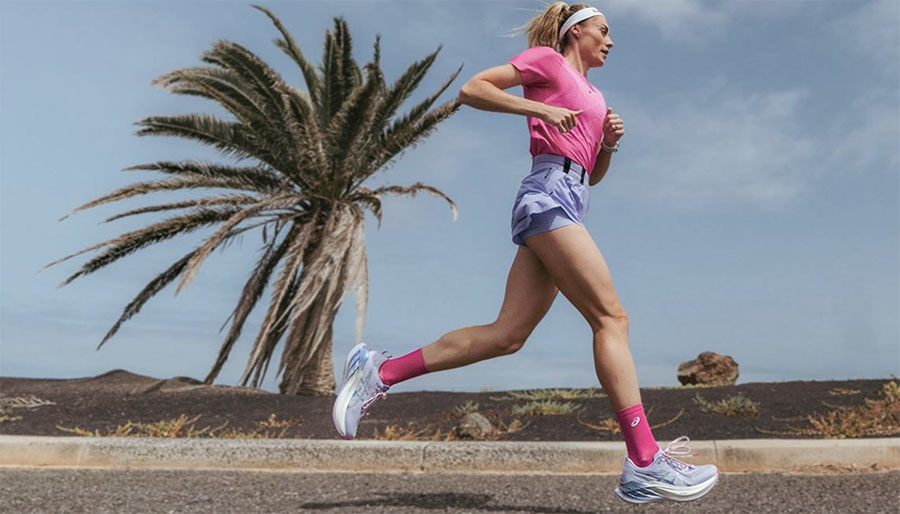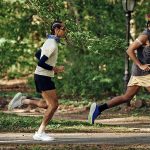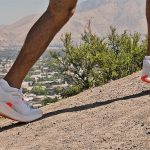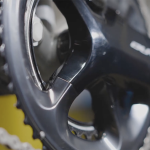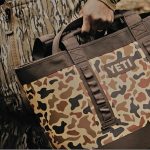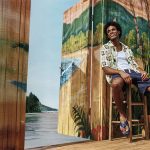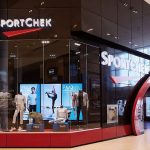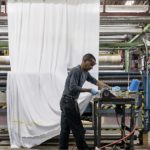In another encouraging sign of running race participation’s ongoing recovery from the pandemic, Running USA’s 2024 Global Runner Survey found that three-quarters of respondents said they would do at least as many, if not more, races in 2025.
Brooks and Asics again ranked as the preferred running and training footwear brands by respondents in Running USA’s 2024 survey.
The survey’s sponsor, Active, comes as a separate analysis of participation in the top 100 largest races by Running USA, which showed that overall running race participation is up from pre-pandemic numbers.
Another analysis of participation figures for the first half of 2024 compared to the year-ago period found that those who finished a foot race were 13 percent across all categories, including 26 percent who ran a marathon distance.
Favorite Races
The 2024 Global Runner Survey, obtained by SGB Media, found that the most significant opportunity for increased participation was the half marathon, with 37 percent of respondents expecting to participate more in the category in 2025. This was followed by 2 miles to 5K (36 percent), 8K to 15K (29 percent), marathon (27 percent), and trail (24 percent).
Survey respondents reported participating in an average of 11 running events of various distances over the prior 12 months. Races of 2 miles to 5K were the distance most respondents completed (78 percent), with an average of three events of that length completed per respondent. However, the half marathon was the preferred distance by surveyed respondents by 35 percent over other race distances.
More survey respondents selected traditional road races (60 percent) and trail events as their favorite courses (17 percent) than in Running USA’s 2023 Global Runner Survey (56 percent and 14 percent, respectively). While traditional road and trail running increased in 2024, mud/obstacle (4 percent), relay (4 percent), and triathlon/duathlon (6 percent) were down from 2023 (6 percent, 9 percent, and 8 percent, respectively).
While there is no clear consensus on how much the industry has improved since the pandemic, 42 percent of respondents believe events are better, while only 12 percent believe they are not.
Respondents’ common sentiments about why events are better include better communication, greater use of technology, and general enthusiasm for getting back to running post-pandemic.
Typical responses from surveyed respondents for why races are not better included higher registration prices/fees and the perception that some races have started to cut corners.
The top three reasons runners anticipated running fewer events were interest/motivation, time commitments and event availability. The most important factors for respondents were event location, preferred distance and a desirable course.
Brand Preferences
Brooks retained its spot as a favorite shoe brand for training and racing in 2024, with the Top 5 training footwear brands remaining unchanged from the company’s 2023 survey, but Nike and Saucony switched spots (#2 and #4) in 2024 in racing shoe popularity.
While the majority (54 percent) of respondents race and train in the same brand of shoes, 46 percent responded that they train and race in different brands.
More than 48 percent indicated they prefer purchasing shoes in-store, compared to 38 percent who buy online.
When tracking their walking or running training, most respondents (87 percent) rely on wearable devices or fitness apps, while a small minority use paper logs (8 percent) or do not track their training at all (5 percent).
Among surveyed respondent’s brand preferences:
- Eighteen percent of respondents preferred Brooks as their top running shoe brand for training: Asics, 13 percent; Saucony, 11 percent; Nike, 11 percent; Hoka, 11 percent; New Balance, 10 percent; and Adidas, 8 percent.
- The top running shoes for racing are Brooks, 19 percent; Nike, 15 percent; Asics, 12 percent; Saucony, 12 percent; Hoka, 11 percent; New Balance, 10 percent; and Adidas, 8 percent.
- The top running apparel brands are Nike (15 percent), Under Armour (9 percent), Brooks (9 percent), and Adidas (9 percent).
- Gatorade won top hydration fuel, 23 percent; Nuun, 17 percent; other options, 14 percent; LMNT, 10 percent; Powerade, 9 percent.
- The top sports fuels were gels (45 percent), chewable (31 percent), bars (16 percent), and other options (8 percent).
- Garmin watches received tops for sports tech, 50 percent, followed by Apple watches, 35 percent; smartphones, 16 percent; Fitbit watches, 9 percent; Coros watches, 7 percent; Garmin heartbeat monitors, 6 percent.
Runner Spending Patterns
Exploring spending patterns, 24.9 percent of respondents spend more than $400 a year on their running/walking shoes, purchasing an average of three shoe pairs. A similar percentage, 24.7 percent, spend between $301 and $400, while 24.8 percent spend between $101 and $200. In buying running/walking apparel, 29 percent spend between $100 and $200, 21 percent between $201 and $300 and 20 percent spend less than $100.
Survey Run Profiles
- Males: Compared to women, men are more likely to run/walk more often to relieve stress (58 percent to 40 percent); be serious/competitive runners (24 percent to 15 percent); train in Adidas (36 percent to 11 percent) and Nike (30 percent to 18 percent); train and race in different shoe brands (54 percent to 40 percent); and participate in golf (13 percent to 5 percent) and cycling (36 percent to 30 percent).
- Women: Compared to men, women are more likely to run/walk to stay healthy (70 percent to 65 percent), increase race participation in the next 12 months (62 percent to 58 percent), train in Brooks (41 percent to 31 percent), purchase footwear in-store (52 percent to 43 percent, participate in fitness classes (37 to 21 percent) and at-home workouts (33 to 21 percent).
- Newcomers: In comparison to the general respondent population, new runners and walkers (since 2000) are more likely to identify as joggers/recreational runners (34.2 percent to 22.1 percent); run more to meet a personal challenge (27.1 percent to 17.8 percent); increase their race participation in the next year (71.3 percent to 60.1 percent); and prefer 5Ks and 10Ks (38.1 percent to 30.8 percent).
- Running/Walking Habits: As in 2023, weight training was the most popular activity outside of running or walking in the 2024 survey (47 percent), followed by hiking, backpacking and rock climbing (38 percent), cycling (31 percent), fitness classes (spin, yoga, Pilates), 30 percent, and at-home virtual workouts, 28 percent.
The Running USA Global Runner Survey was based on a global survey of over 7,400 runners and event participants, which was launched in 2007 and was conducted over June and July 2024. Ninety-four percent of the respondents were from the U.S.
Image courtesy Asics

